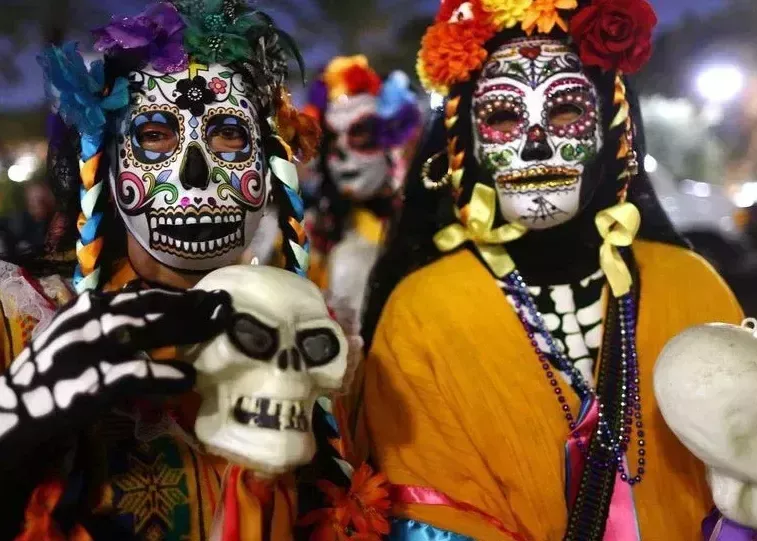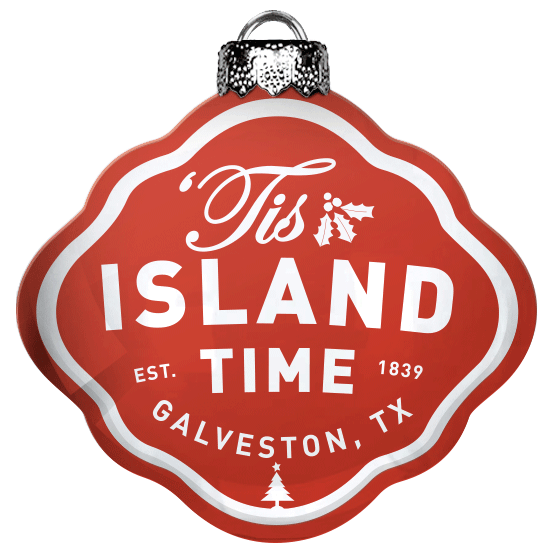Port of Dreams: Galveston Island’s Immigration Story
How a Gulf Coast Island Became a Gateway to New Lives
Before Ellis Island welcomed millions to the shores of New York, a smaller but equally powerful story was unfolding on the Texas coast.
Imagine sailing into Galveston Bay at the turn of the 20th century. The salty air, the cry of seagulls overhead, and the silhouette of an island rising in the distance. For thousands of immigrants, this wasn’t just a new destination—it was a new beginning.
Galveston Island was more than a stop on the journey. It was a promise of freedom, opportunity, and a life reborn.


Galveston: The Forgotten Port of Entry
While many associate immigration with the Statue of Liberty and Ellis Island, Galveston Island played a pivotal role in welcoming newcomers to America. In fact, during the late 19th and early 20th centuries, Galveston was the second-busiest immigration port in the country—right behind New York.
As a deep-water port with direct shipping routes from Europe and Latin America, Galveston was a natural point of entry. The city’s location made it especially important for immigrants seeking new lives in Texas, the Midwest, and beyond.
Between the 1830s and 1920s, thousands arrived here by ship. Some stayed and built their futures on the island. Others boarded trains from Union Station and headed inland, carrying pieces of Galveston with them.
Who Arrived—and Why It Mattered
Galveston welcomed people from all walks of life and corners of the world.
- German, Czech, and Italian immigrants established early neighborhoods and businesses that still leave their mark on the city’s culture and cuisine.
- Jewish families, seeking refuge from persecution in Eastern Europe, arrived through the Galveston Movement, a coordinated effort between 1907 and 1914 to settle Jewish immigrants in the interior of the U.S. rather than in already crowded East Coast cities.
- Latin American immigrants, especially from Mexico and other Gulf Coast countries, also found a foothold here, contributing to Galveston’s diverse cultural fabric.
Each group brought with them their language, customs, and faith—and wove them into the fabric of a city that was already known for its resilience and openness.

A City Shaped by Many Hands
Immigrants didn’t just pass through Galveston. They built it.
Many of the homes you’ll see in the East End Historic District were designed, built, or lived in by immigrant families. The shops and businesses that line The Strand carry names passed down through generations. Sacred places of worship—like Sacred Heart Church—stand as monuments to both faith and perseverance.
You can still taste their legacy in family-owned restaurants, feel it in local traditions, and see it in the details of Galveston’s historic architecture.

Their Stories Live On
Today, the spirit of those early arrivals is alive in Galveston’s streets, stories, and celebrations. Local museums like The Bryan Museum and institutions such as the Galveston Historical Foundation preserve records, photographs, oral histories, and the buildings that connect past to present.
Visitors can walk the same streets once traveled by those searching for a better life—pausing to reflect at Galveston Harbor, exploring the immigrant-built neighborhoods, and imagining what it felt like to step onto this island for the very first time.
Experience Galveston’s Immigration Legacy


A Port of Hope
Galveston’s immigration story isn’t just about ships and ports. It’s about people—families, dreamers, risk-takers—who came seeking something more. And in doing so, they helped shape the identity of a city that still welcomes newcomers with open arms and a view of the sea.
So next time you walk the Strand, look up at the old facades, listen to the waves beyond the harbor, know you’re standing on a gateway where lives began.
Plan your trip to Galveston Island and make your own memories in the city where so many began theirs.







